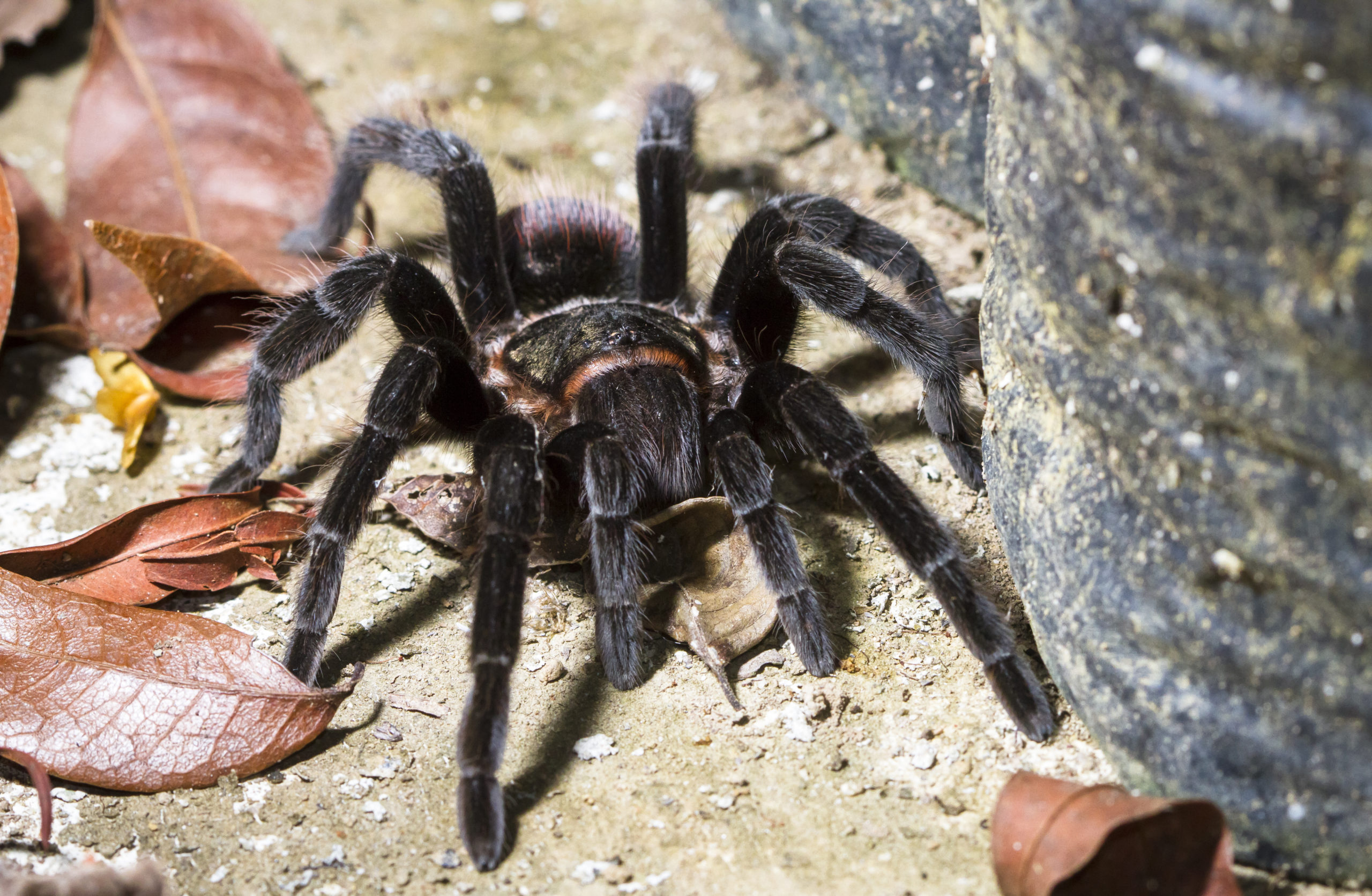Obviously, the COVID-19 quarantining has halted a lot of day-to-day progress that had been happening across the U.S. But it is worth noting that some interesting research was being done (and will hopefully continue) in the fight against opioid addictions. One such story, that came out of the Science Alert site, concerned using spider venom as a safe alternative to painkillers.
The study focused on tarantulas specifically, with a species know as the Chinese Bird Spider. These creatures use a particular type of venom that can be harnessed and used as a painkiller. Scientists have studied its effectiveness in mice and learned that it may present the same healing effects as opioids; though without the addictive qualities.
Chemical biologist Christina Schroeder, who works for the University of Queensland in Australia, is spearheading the study and told Science Alert that this work has been showing some promising results.
“Our findings could potentially lead to an alternative method of treating pain without the side-effects and reduce many individuals’ reliance on opioids for pain relief,” she explained. “We have found that a mini-protein in tarantula venom from the Chinese Bird Spider, known as Huwentoxin-IV, binds to pain receptors in the body and can work just as well as opioids.”
The kicker is that this venom could potentially resolve pain issues without leading towards a path of addiction. Schroeder added that other natural venoms are being explored too, with tests being done with snakes and even sea snails.
The spiders, though, have yielded some promising early results. Researchers have gone through various phases of experimentation with the mouse subjects, ultimately manipulating the Huwentoxin-IV venom to ensure it is safe and effective. Schroeder went on to describe the technical intricacies of her team’s work.
“By using a three-pronged approach in our drug design that incorporates the mini-protein, its receptor and the surrounding membrane from the spider venom, we’ve altered this mini-protein resulting in greater potency and specificity for specific pain receptors,” she explained. “This ensures that the correct amount of Huwentoxin-IV attaches to the cell and cell membrane. And, when tested in mice, the most potent of the analogues the team developed resulted in a significant decrease in pain response compared to the control.”
As with all research, there is still plenty of testing to do. And, of course, further delays are expected due to COVID-19 interruptions. But, we still find this work very encouraging and support any unique research that can put a dent in America’s addiction crisis.







